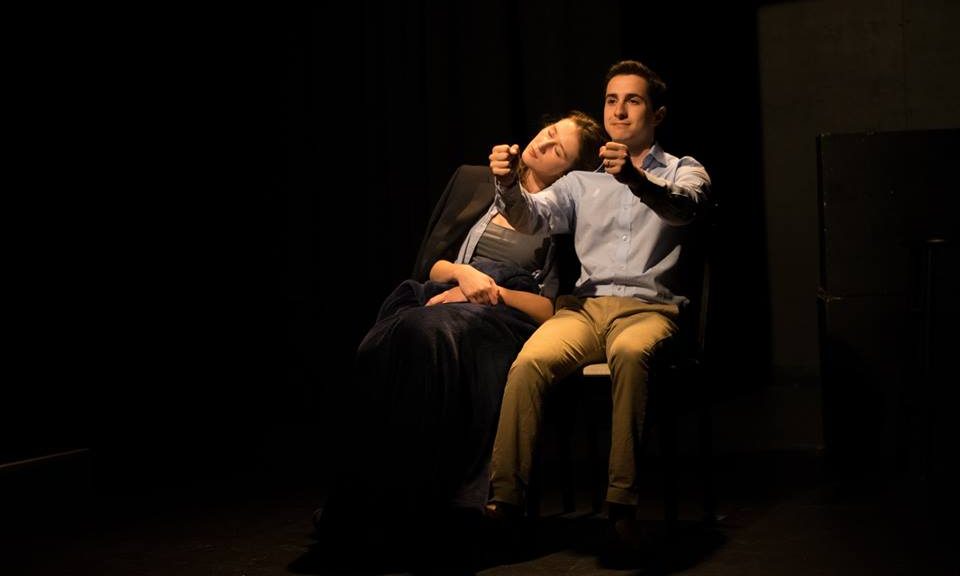Paula’s Vogel’s How I Learned to Drive, directed by Nina Goodheart ‘19 is poignant, provocative, and, at times, darkly humorous. The story unfolds as a series of memories of the daughter of a self-described “cracker family”, Li’l Bit, played by Marianna Gailus ‘17. How I Learned to Drive is set in the 1950s and 1960s, and the play portrays the convoluted and troubling relationship between Li’l Bit and Uncle Peck (Daniel Rudin ‘19). Throughout the play, memories are introduced through the jargon of driving lessons, lessons which fuel illicit intimacy between Li’l Bit and Peck. In an interview with The Politic, Goodheart emphasized the production’s close adherence to the original script, in production choices and in dialogue, and explained her choice to put up the production in the Morse/Stiles Crescent Theater: “When the lights come up, I want the audience members to see each other’s faces. The play is about not only the immorality of Uncle Peck, but the failure of an entire community to protect her.”
The action unfolds slowly as the audience learns more about the system that created the incestuous relationship between uncle and niece, but every section of dialogue and monologue is nevertheless substantive. It would be easy to alienate the characters as archetypes of a failed family, but How I Learned to Drive demonstrates the complexities of love and resentment in a problematic family insistent upon sticking together. Each character is dynamic and interesting, and their relationships are even more so.
Gailus shines as Li’l Bit, deftly capturing the innocence of the character in her childhood memories and her angry desperation as an adult. The taut chemistry between Gailus and Peck is clear, and appropriately, very uncomfortable. Peck is smooth-talking, with a successfully-delivered Southern lilt and falsely comforting demeanor. Rudin manages to elicit sympathy from the audience, embodying a flawed, multi-faceted human being who clearly loves and cherishes his family. His stage presence is commanding and endearing, and every interaction with Li’l Bit raw and believable.
Greek chorus member Hershel Holiday ‘18 is fantastic as the boisterous Big Papa and in many other roles, fleshing out all of his the characters with bold personalities and excellent line delivery. His gregarious acting paired with chorus member Lilla Brody’s ‘18 comedic monologues provide much needed comic relief in a play fraught with tension. Brody’s conversations with Awa Franklin ‘19 as Grandma, along with Brody’s scenes as Uncle Peck’s wife Aunt Mary, portray the gender roles, sexual attitudes, and serious dysfunction in the family.
The set design by Lizzy Kingsley ‘19 was barebones in a way that exuded rawness and authenticity. The stage space was used well, with different scenes taking place in clearly blocked off sections. Red traffic lights, street signs, and other road paraphernalia border the stage, contributing to the driving motif. Wooden chairs, a table, and stage boxes provide enough furniture to make the story believable, but do not distract from the serious content of the production. The costumes and hair/makeup design were anachronistic, but did not detract from character authenticity. The most impressive aspect of the production was the impeccable timing in line delivery, lighting, and scene transition, the latter directed by stage manager Liana van Nostrand ‘19. A sharp snap announces the start of each of Li’l Bit’s separate memories.
How I Learned to Drive does just that: snaps the audience to attention. Although the play is fictional, it parallels real life tragedy that happens in our communities, and in our families. The characters are moral conundrums, as are we. The play forces us to face our own responsibility to protect the young and confront our own contributions to the development of a culture that fails children like Li’l Bit.

